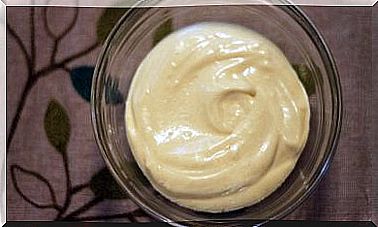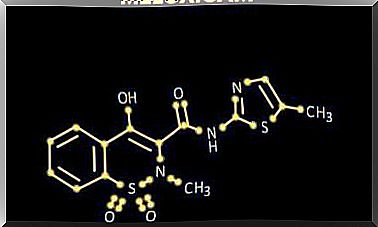Changes In The Genome Of A Virus
With the global spread of the coronavirus, many are asking themselves how a virus mutates. Our article today is therefore about changing the genetic make-up of viruses. Read on!
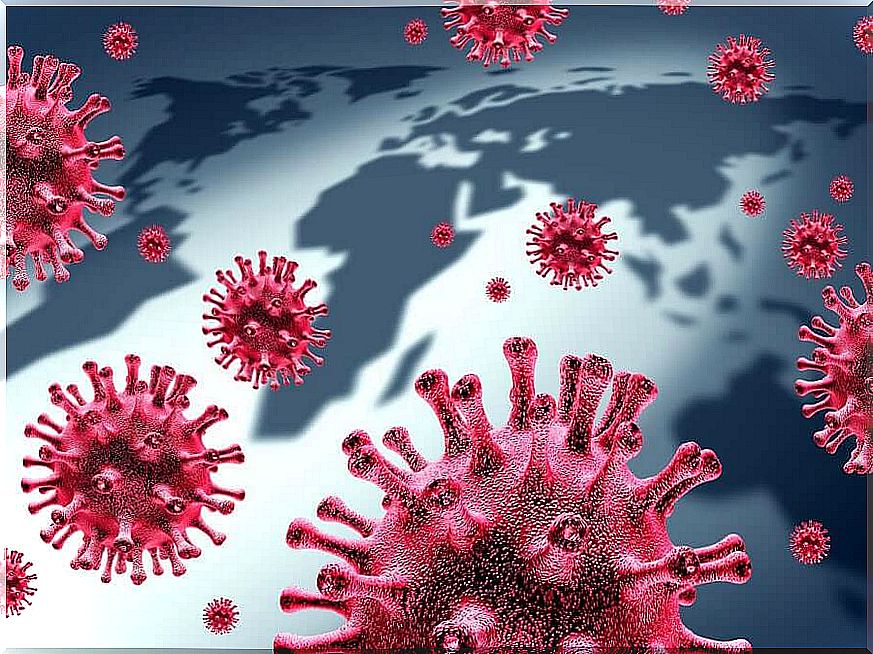
In the event of an epidemic or new dangerous viruses, the question of how changes in the genetic makeup of a virus come about naturally arises . With the spread of the coronavirus COVID-19, this topic is very topical.
Science has researched this question thoroughly and each time a new virus outbreaks, its behavior is studied to analyze its mutation mechanisms.
We know that viruses use their genetic make- up to survive and spread. Like human DNA, the genome of a virus encodes its properties and behavior. How it spreads and which creatures it attacks is also determined in the genetic make-up.
Viruses have two different ways of mutating:
- Recombination or rearrangement: This is the case when two or more viruses exchange sequences of DNA or RNA and one of the viruses mutates due to the structure of the other.
- Aleatoric mutation: In this case, the changes take place within the virus and are usually caused by a replication error that changes the genetic material.
The greater the number of living things infected, the more likely it is that the virus will mutate. However, it is incorrect to associate the virus mutation with mortality. Most viruses are weakened by the mutation in order to guarantee their survival. When a virus becomes more deadly, it loses its hosts.
Why do changes in the genome of a virus occur?
The mutation of the virus is due to a mistake. There is almost always an error in the coding of the RNA. There are also viruses with DNA instead of RNA, but with the latter, the errors are greater.
This is because DNA viruses have a more precise mechanism for reproducing their genetic information. Therefore, there are fewer mistakes when copying the genes. In the case of RNA viruses, this mechanism is rudimentary.
DNA viruses use the polymerase enzyme, which is found in infecting cells. Think of it as if it were a parasite exploiting the host’s resources. DNA polymerases have the ability to repair mistakes.
In the case of RNA viruses, however, this is different because the DNA polymerases cannot correct errors in this case. As a result, these types of viruses mutate more frequently. An RNA virus mutates very quickly.
If we now address the question of why viruses change, the answer is that they are trying to survive. As with the evolution of species, viruses use beneficial changes to survive. However, the mutation does not necessarily mean that it will make the virus stronger or more deadly.
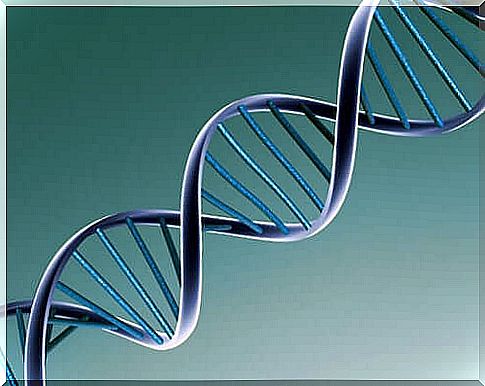
Are changes in the genome of a virus always negative?
No not always. Mutating a virus doesn’t necessarily mean that it becomes more dangerous and kills more victims. That would be an evolutionary mistake. The virus cannot kill too many hosts because then it would no longer have a chance to survive.
Viruses change to adapt to changing circumstances presented to them by their hosts at any given time. When they are less lethal, they go undetected longer and are better able to reproduce and infect more victims. This is exactly the real goal of a viral infection: the viruses try to guarantee their survival.
As the virus changes, the host’s immune system also improves. This creates a strange equilibrium that also extends the life of the virus. This is the case, for example, with the human flu, which occurs every year during the cold season.
What do we know about changes in the COVID-19 genome?
A scientific study was carried out at the University of Beijing to analyze the coronavirus COVID-19. Two different strains, identified by the letters L and S, were discovered.
The L strain infected the first human patients in Wuhan, China. This means that this strain mutated to move from animals to humans. The strain S could be identified in infected people from February.
Since January of this year, scientists have been observing a reduction in the L strain, which is presumably due to the measures taken. Precautionary measures and forced quarantines to limit the spread of the virus have encouraged the mutation to strain S, which is less virulent than the original strain L.
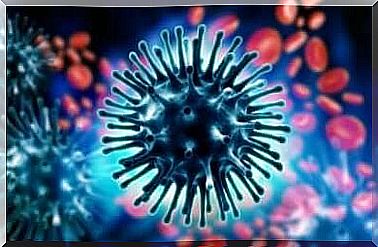
Viruses don’t always change to our disadvantage
If we know how a virus mutates, we can also better predict the evolution of the epidemic. In most cases there will be a climax and then the contagion will decrease. The decisive factor here are the measures we take to achieve this goal. But the mutation of the virus also plays a key role.
The changes in the genetic makeup of the virus are also an invitation to us to change behavior and take appropriate measures. The key is precaution to combat virotic mutations.






